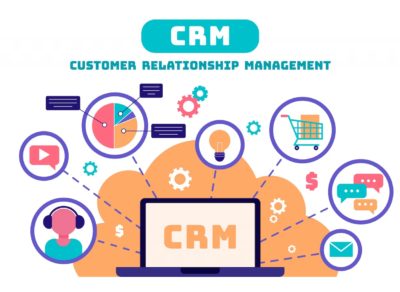
7 things you can learn from the best digital only banks
The digital banking industry is constantly evolving with the influx of new technology and customer demands. For traditional banks, this means adapting quickly to remain competitive.
But for those who are early adopters and have embraced the digital world fully: Digital-Only banks – this has meant being able to truly pivot in a way that can be faster, smarter and more customer-focused than ever before. In fact, many Digital-Only Banks have become leading innovators within their respective markets due to the agility they’ve been afforded by eschewing physical infrastructure in favor of a web or mobile presence alone.
That’s why today we’re taking a look at what these trailblazers are doing behind the scenes, exploring seven key insights into how they’ve achieved success as leaders in modern banking.
1. Be Customer Centric
Being customer-centric requires a shift in mindset. Within the bank, you must foster a digital, customer-focused culture. Profits from a successfully differentiated and long-term sustainable customer strategy, not just profits. Marketing is more than just spending; it should return to its original ‘go-to-market’ meaning.
Being ‘digital’ is not a passing fad, but rather a permanent feature of the organization. Implementations should not be considered second-level job execution, but rather smart, agile, smooth, consumer-oriented, and designed. Begin by considering the appropriate organizational structure and interactions, as well as the appropriate people, to digitally lead the change with customers in mind. Find the appropriate skills.
2. Eliminate Silos

This is crucial for a digital bank’s organizational structure. This is significant not only from a legal or risk standpoint. This must be applied to the entire organization. Some tips for breaking down silos:
Giải pháp của SmartOSC Fintech BACKBASE DIGITAL BANKING, BUY NOW PAY LATER, LOS, CDP, EKYC, DIGITAL ONBOARDING
– Get rid of all employees and business departments. Agile must be deployed across functional teams, from the most obscure back office department to cutting-edge front office deployment. Cross-pollination and mutual understanding of the agile concept will aid in the achievement of your business objectives.
– Create objectives and incentives with a multichannel customer in mind. Find a way to align objectives across channels and eliminate internal competition driven by the organization. Dissolve the conflicts.
3. Collaboration and competitiveness
Collaboration is another critical component of the digital transformation process. Many fintech startups are calling for a more collaborative approach with more traditional financial institutions in order to improve the services and products ultimately provided to end users.
The building or promoting common platforms between these startups and traditional banks will boost both parties’ competitiveness.
4. Building an open IT architecture
The sixth requirement for a bank’s digital transformation is openness to new partners and third parties. This is the so-called open innovation process, in which third parties’ knowledge is leveraged and shared with others. As a result, all parties in the process become more responsive.
API platforms are used to achieve more consistent omnichannel experiences, scalable solutions, and better customer interaction.
5. Work with Fintech Start-Ups

Existing banking organizations must streamline their operations and narrow their focus on business and product development. They can’t be everything to everyone, so they must cut unnecessary operating and distribution costs.
Smarter and faster players will continue to emerge, better positioned to deliver cutting-edge vertical solutions and user experiences… eating away at the edges of incumbent organizations. When it comes to Fintech start-ups, it may be better to collaborate rather than compete. In other words, a portion of a successful digital bank’s product/service development should be outsourced.
6. Be a Challenger
Challenge your own business model and traditional working methods. Existing managers and organizations are more likely to defend their own profit sources and well-proven (in the past) business models.
Financial assistance Entry barriers are lowering, and newcomers are already making inroads and encroaching on traditional lines of business. While the size of newcomers may appear small, and banking may still appear safe, a long-term competitive perspective is required. This is a business revolution, not merely a technological advancement.
7. Responsiveness in innovation planning
Although it may appear to be a contradiction, the digital transformation process must be continuous, that is, constantly evolving in order to keep up with all of the innovations that occur in both the financial and non-financial sectors.
Efficiency in responding to new innovations, “learn, act, and react,” is one of the aspects that must be improved. Many banks are establishing innovation laboratories, which must have an impact on all departments within the organization.
Conclusion
The best digital-only banks have a few things in common that you can learn from. They make use of mobile technologies, they understand the customer experience, and they focus on data security. These are just a few of the ways that these banks set themselves apart from traditional brick-and-mortar institutions.
If you want to stay ahead of the curve in banking, you need to be incorporating these same principles into your institution. SMARTOSC Fintech can help you do just that. We specialize in helping financial institutions keep up with the latest trends and technologies. Contact us today to find out more about how we can help you become a leading digital bank.


